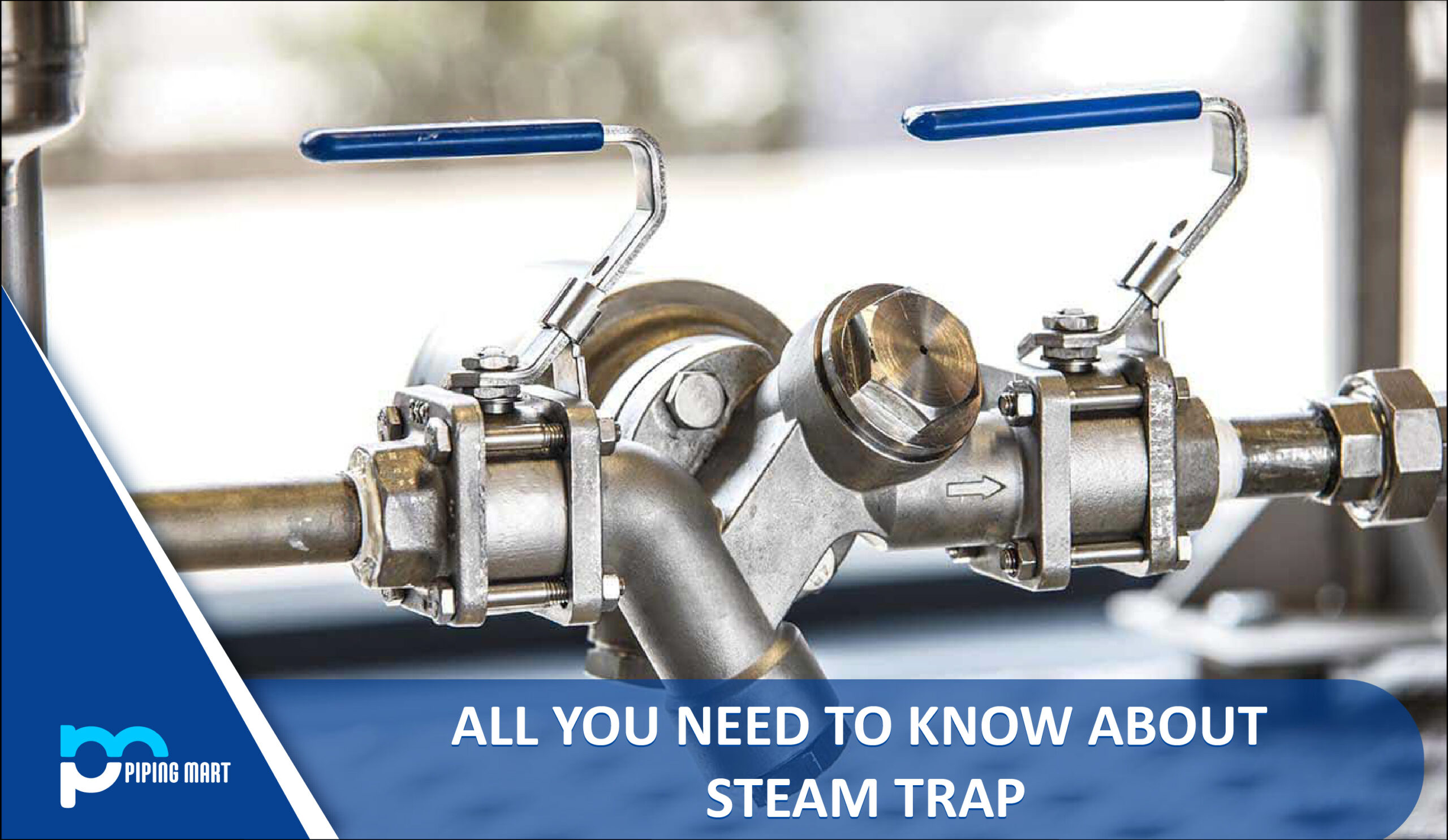A butt joint is the simplest and most commonly used type of welding. It is made by butting two pieces of metal together at their ends and then welding them in place. This type of weld is strong and can be used on various materials, making it a versatile option for many applications. Keep reading to learn more about butt joint welds, including their uses and how they are made.
What is Butt Joint Weld?
A butt joint weld is a technique for welding two pieces of metal together. This type of weld is one of the most commonly used joining techniques and is preferred for its simplicity: no specialized tools or machinery are required, and the process can be completed quickly with clean, precise results. Butt joint welds are particularly suitable for thin metals, as the intense heat used for welding melts the material together, forming a strong bond that holds up to pressure and vibration. Strength testing is typically used to ensure that any butt joint welded components will stand up to expected usage levels without fail. With its ease of use, strength and flexibility, butt joint welding is an essential tool in any welder’s arsenal.
Butt Joint Welds Uses
Butt joint welds are commonly used in construction, manufacturing, and repairs. Some of the most common applications for butt joints include:
- Joining structural steel members to form the framework of buildings
- Welding pipes together
- Attaching metal plates to machinery
- Repairing cracked or damaged metal objects
Making a Butt Joint Weld
Butt joint welds are made by aligning the ends of two pieces of metal to fit snugly together. Once the pieces are aligned, they are joined using either an arc welder or a gas torch. The welding fuses the metals to create a single, solid work.
To ensure that the weld is strong, it is important to use the correct welding technique. When using an arc welder, start the weld at the corner of the joint so that the entire length of the seam is covered. If using a gas torch, make sure that the flame is directed at the root of the joint—the point where the two pieces of metal come together—to ensure a strong connection.
After the weld has cooled, it will need to be inspected for defects. If any defects are found, they will need to be repaired before the object can be used.
Conclusion:
Butt joint welds are one of the most commonly used types thanks to their versatility and strength. They can be used on various materials and in many applications. Making a butt joint weld is relatively simple; however, it is important to use the correct technique to ensure a strong connection. Inspecting the weld for defects after cooling is also crucial to ensuring its quality.

A passionate metal industry expert and blogger. With over 5 years of experience in the field, Palak brings a wealth of knowledge and insight to her writing. Whether discussing the latest trends in the metal industry or sharing tips, she is dedicated to helping others succeed in the metal industry.




